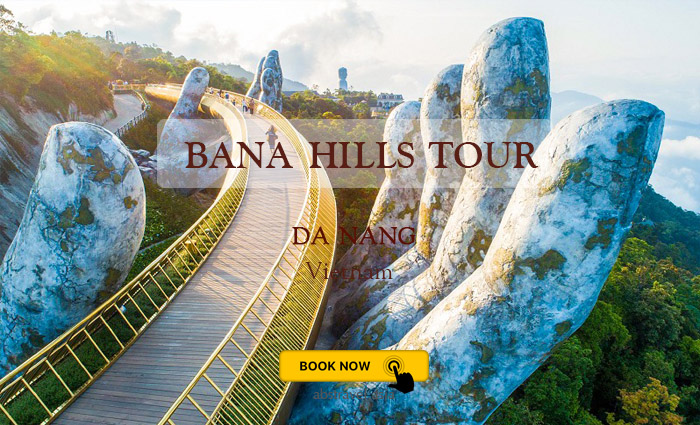If you want a place of cultural authenticity and natural tranquility, you have found the right place. Sapa is a mountainous town in Northen Vietnam where you write poem, have your cameras on for most of your time, cheer over a community wine pot, learn to appreciate indigenous culture or just to escape Hanoi heat and city noise. Being one of the most attractive tourism destinations of the country, Sapa is a precious gift that Mother Nature dedicates to Vietnam.
Location and history350km far north-west from Hanoi, Sapa, the capital of Sapa District in Lao Cai Province, lies at the altitude of 1600m. With the temperature ranging from the lowest of -1oC to the highest of 29oC, Sapa’s climate is moderate and drizzly in summer while chill and foggy in winter.
Sapa (or Chapa- the “sandy place”) first appeared in Vietnam national map in the late 1880s when the French disembarked in highland Tonkin. The first permanent French civilian resident arrived in Sapa in 1909, and by 1920, there were a number of villas being built in this area by prosperous professionals. Going through many ups and downs, nowadays, Sapa is the prominent holiday destination, favored by both locals and foreign tourists.
Sapa - fairy home of ethnic minorities
There is nowhere in Vietnam can tourists easily meet the local ethnic minorities like in Sapa. The district is the home of a great diversity of ethnic people, including five main groups of Hmong, Yao, Tay, Zay and Xa Pho. They do not live in center area but in hamlets scattering on the valleys throughout Sapa District. Actually, not until the 20th century did a majority of the ethnic people changed to sedentary lifestyle with intensive farming method on sloping terraces, instead of slash-and-burn culture like in the past. Town of Sapa is where ethnic minority people gather, trade or sell their farming products such as rice, corn, fruits, as well as handicrafts and souvenirs to tourists. There is one interesting fact about ethnic minority people in Sapa that besides their dialects, many of them, especially small children, can speak English pretty well with clear pronunciation.
Sapa- challenging for mountainous trekking
Sapa is voted to be the best trekking spot in Vietnam, by both natives and foreigners. The whole district is dominated by The Hoang Lien Son mountain range, which also includes Mt. Fan Si Pan- the highest peak in Vietnam and the entire Indochina peninsula with the height of 3143m. This mount is not only a tough challenge to trekking enthusiasts but also an opportunity to witness the splendid mountainous vista.
The geographical location of the area makes it a truly unique place for a rich variety of plants, birds, mammals, amphibians, reptiles and insects, some of them can only be found in northwestern Vietnam.
Sapa- thunderstruck local food
Sapa’s specialties are another reason attracting more and more tourists travelling to this town. A wide range of sub-tropical vegetables such as white cauliflower, red beet, or chayote are planted here. There are dishes that will be a must to enjoy for every visitor - boiled chayote consumed with sesame or “lon cap nach”- pig carried under armpit, which are home pigs but are raised in the field or forest.
More surprisingly, Western restaurants, from Italian to French ones, can also be found around the center of Sapa, at a very reasonable price.
How to get there?
Visitors can choose to go to Sapa by train or car, but train is more advisable because of the long and bumpy road.
Sapa is definitely a place to remember. And maybe to return as well!




0 Comments